-
×

-
×
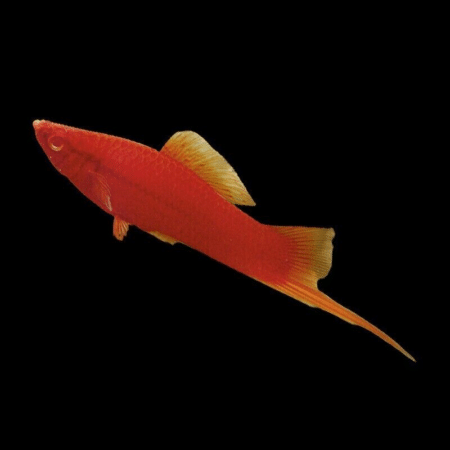
-
×
 20 X NEON BLUE TETRA LIVE TROPICAL FISH AQUARIUM TANK 1 TO 1.5 CM, Beautiful Schooling Fish That Thrive Together, Ideal for Creating a Vibrant Aquatic Environment in Your Tank, Enhance Your Tank with Colorful Aquatic Friends
1 × £18.99
20 X NEON BLUE TETRA LIVE TROPICAL FISH AQUARIUM TANK 1 TO 1.5 CM, Beautiful Schooling Fish That Thrive Together, Ideal for Creating a Vibrant Aquatic Environment in Your Tank, Enhance Your Tank with Colorful Aquatic Friends
1 × £18.99 -
×
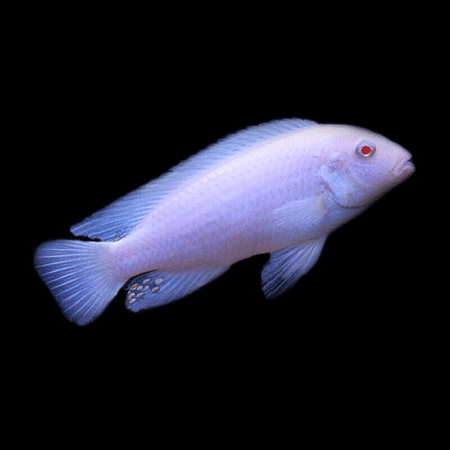
-
×
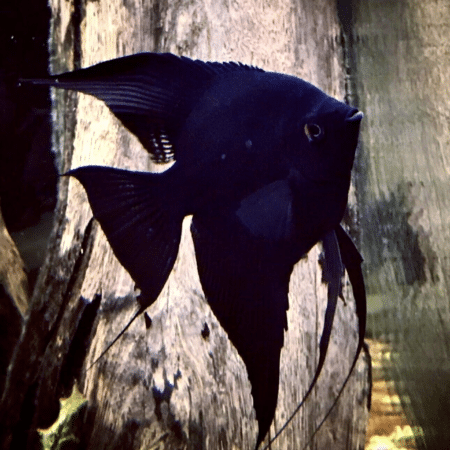
-
×
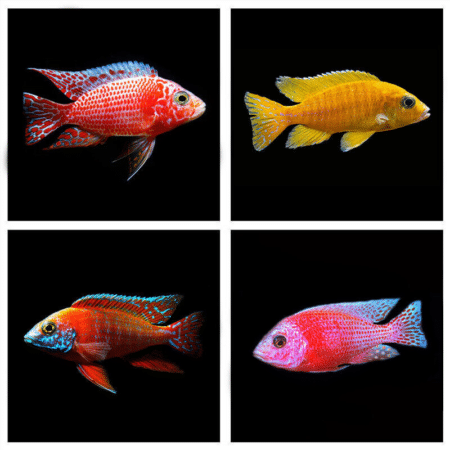
-
×

-
×

Subtotal: £190.28

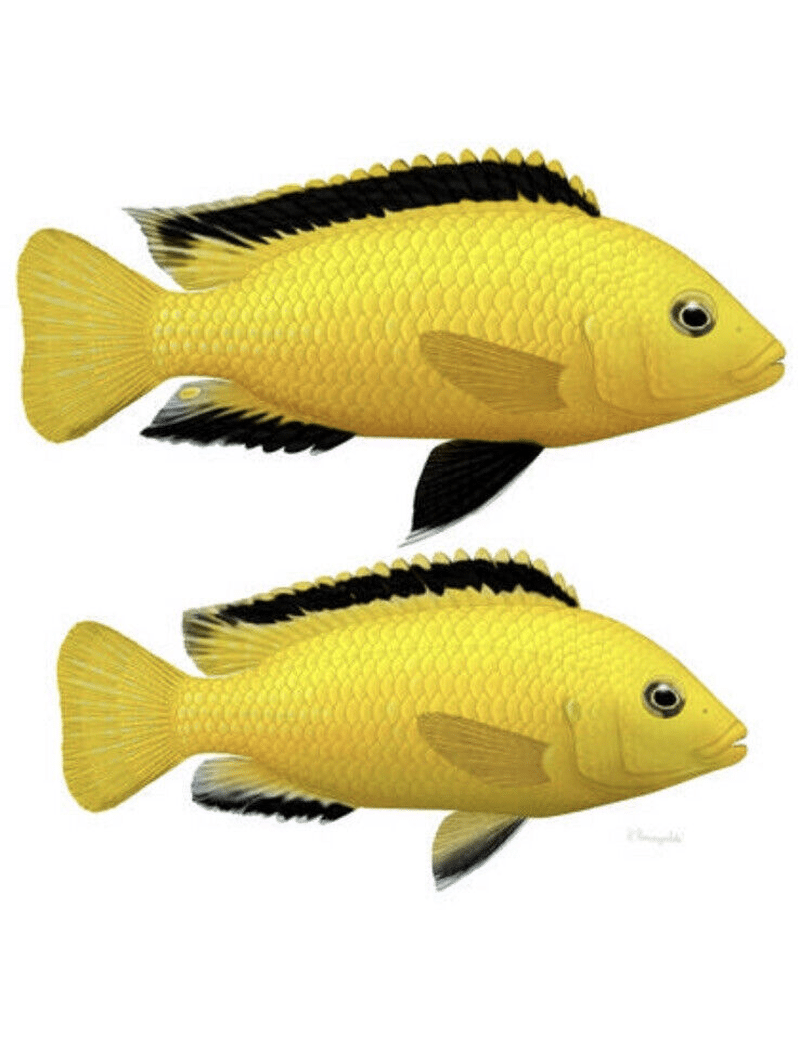

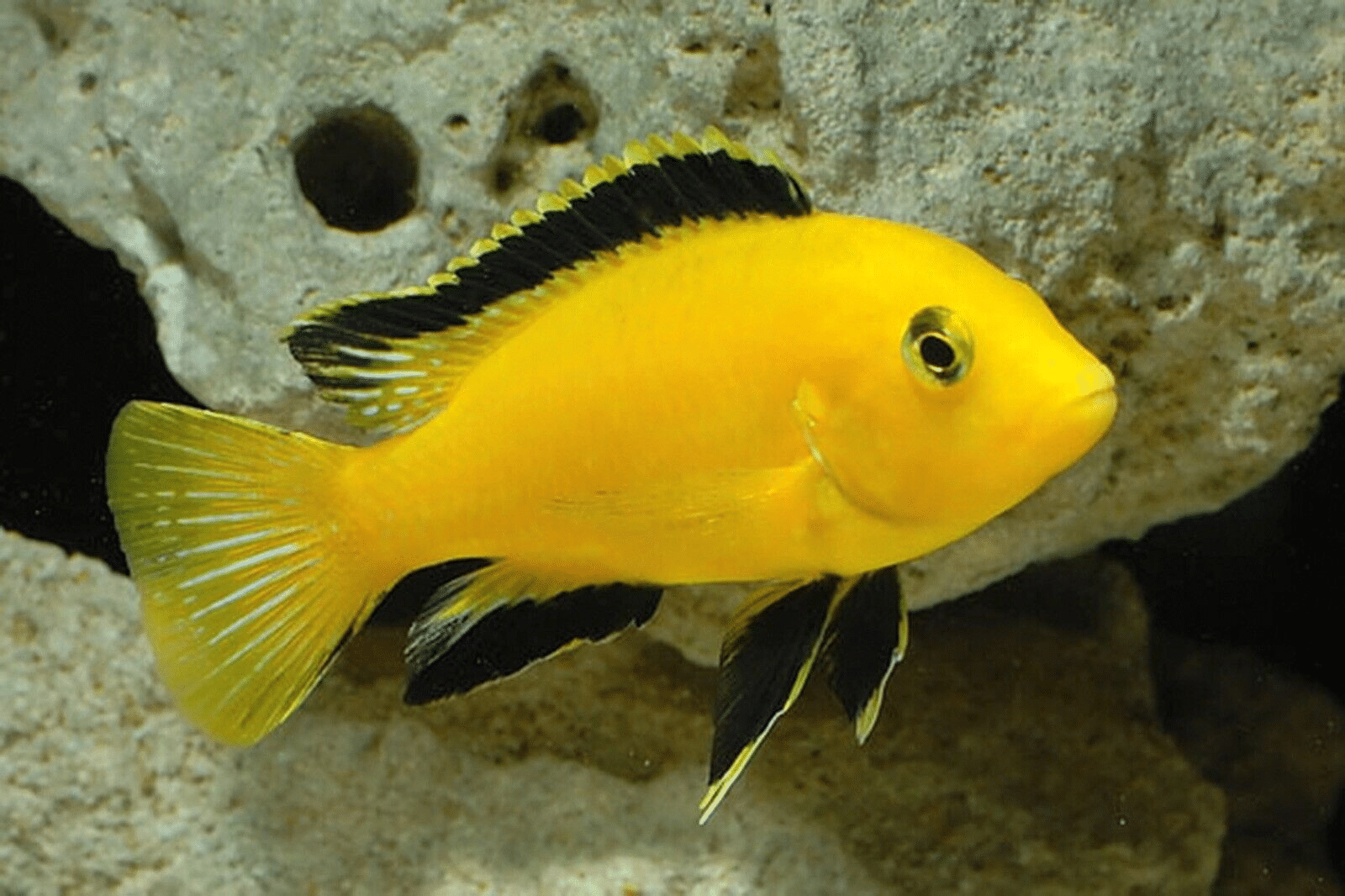



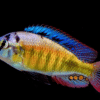
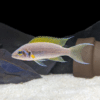










Emily Carter (verified owner) –
I recently added a few Yellow Lab Cichlids (Labidochromis caeruleus) to my aquarium, and I couldn’t be happier with my decision! These vibrant fish are not only stunning with their electric yellow hue, but they also have such lively personalities. After just two weeks, they have acclimated beautifully and are already establishing their own little territories. Their peaceful demeanor makes them perfect for a community tank, especially for beginner fish keepers.
I did some research before purchasing and found that these guys are much hardier compared to some other cichlid varieties. They thrive in a well-maintained environment, and I’ve noticed they enjoy the rocky structures I’ve added to my tank. The shipping was quick, and they arrived in great condition, which is so important for fish welfare.
If you’re looking to add some character to your aquarium, I highly recommend the Yellow Lab Cichlid. They truly are a joy to watch as they interact with each other and explore their surroundings. Just ensure your tank has good filtration and a stable pH to keep them happy. Would definitely buy again!